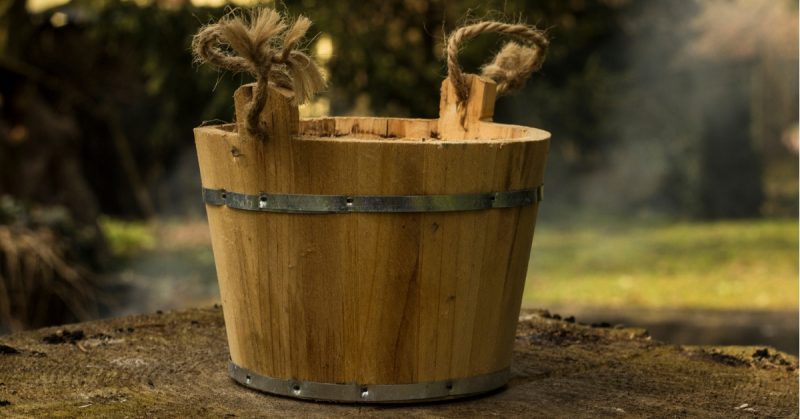Wars have been fought for all kinds of reasons: political ideology, religion, and territory, to name but three. A reason that seems perfectly reasonable to one group of people might seem unfair, even absurd, to another.
But a conflict that began in 1325, in the Italian town of Castello di Serravalle, as we know it today, might well deserve the title of most inanely named battle ever. Anywhere.
Historians call it the Battle of the Wooden Bucket, and while capturing a bucket was far from the sole reason for all the conflict’s bloodshed, it was indeed an integral motivation. It is one of the biggest battles ever fought during the medieval period and lasted two centuries.
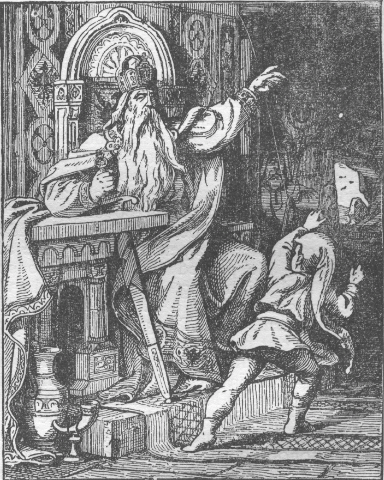
Back then, Italy was a collection of city states, and skirmishes within its borders were not uncommon. So when the Holy Roman Emperor Frederick Barbarossa of Germany invaded in 1154, he was able to quickly seize control of several Italian cities, including Milan and Bologna.
Frederick believed that he was selected by divine providence to embody God on earth, not the Pope. Not surprisingly, Pope Alexander III did not see it that way. Popes, not emperors, were God’s holy conduit, he believed; it was ever thus, and would continue that way, he insisted.
So Frederick invaded.
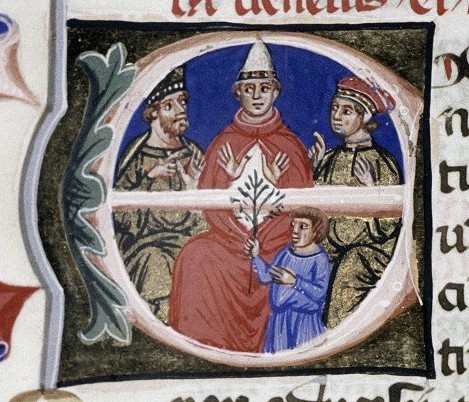
After Frederick’s capture of these cities, he went to Rome to meet with Pope Alexander III. They resolved nothing.
The conflicts lasted until 1176 when the pro-papal force, the Lombard League, defeated Frederick at the Battle of Legnano. But Italy was left hopelessly divided within its own borders, and skirmishes between factions broke out continuously, even when Frederick was sent back to Germany.
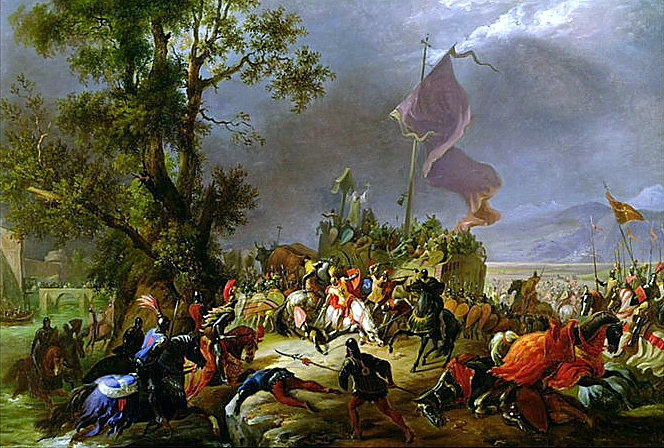
There were two sides: the pro-papal forces, and pro-emperor. Stresses between the cities of Modena and Bologna were particularly dramatic. In 1296, Bolognese soldiers invaded the Modena region, forcing pro-emperor people to leave. And those who sided with the papacy began leaving Bologna. Fights between the two grew commonplace.
By 1309, Pope John XXIII thought he could solve the issue by offering people spiritual “treats,” sparing them, even for murder, if they would betray or kill anyone who opposed him. Rinaldo “Passerino” Bonacolsi was a particularly annoying thorn in the Pope’s side because of his pro-emperor stance.
If someone attacked his forces, or better yet Bonacolsi himself, the Pope would reward them with grace and absolution. He may have just as well poured gasoline on an open flame.
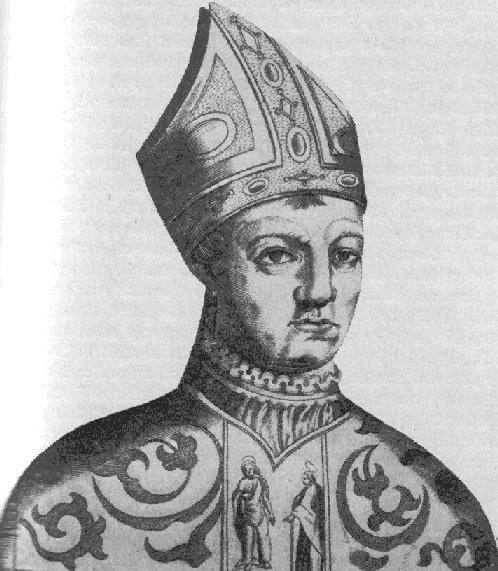
In 1325, a particularly grueling skirmish broke out that lasted 14 days, while Bolognese soldiers raided towns and properties in the Modena region. And here is where the famous bucket, for which the battle is named, comes into the tale.
Modenese soldiers crept into the town square and saw a large, oak bucket filled with their many valuable objects, stolen over time throughout this prolonged conflict. Believing it was their rightful property, they stole the bucket and all its contents, leaving the Bolognese furious.

Bolognese soldiers rallied and declared war, hoping once and for all to settle the matter. The Battle of the Oaken Bucket was declared and begun in November 1325. Though the Modenese were vastly outnumbered, their strategies were far superior, and they did not surrender.
Soldiers and knights were readied by Bonacolsi, and they fought hard. True peace did not arrive until 1529 when the former enemies joined forces to oppose Charles I of Spain, who had invaded Italy. This is ultimately what caused an uptick in loyalty to the Pope, which has lasted until today.
After the clash, Modena kept the bucket in its town square, as its symbol of victory. It still resides there, or at least a copy of it does. The real one rests in the Palazzo Communale.
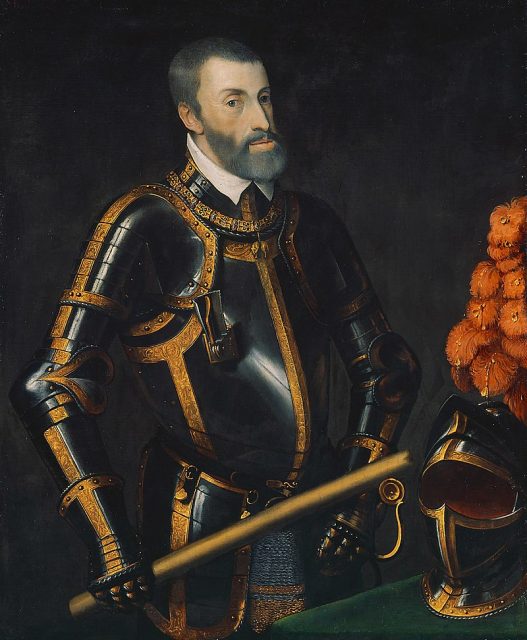
Read another story from us: The Military Campaigns Of Frederick Barbarossa
It’s a struggle to imagine, today, two factions within the same country allowing a conflict to escalate over something that seems so trivial. But the bucket meant something to the people, those who first owned it, and those who stole it.
If such a conflict is impossible to imagine today, perhaps we should think of how New York might react if Carolina stole the Statue of Liberty, in the dead of night, then refused to return it. The ensuing fracas isn’t difficult to picture at all.
